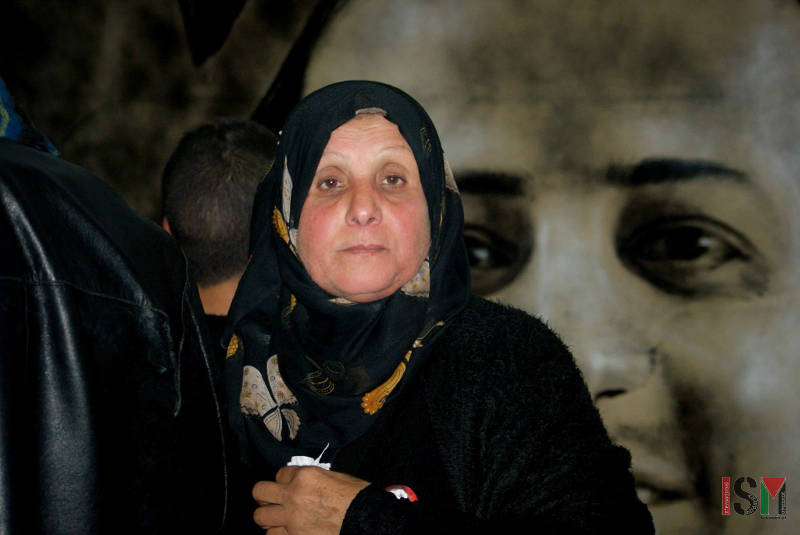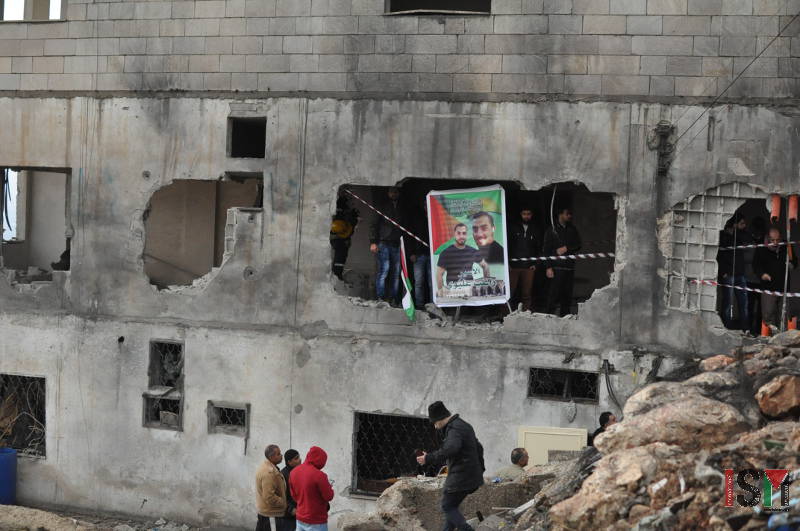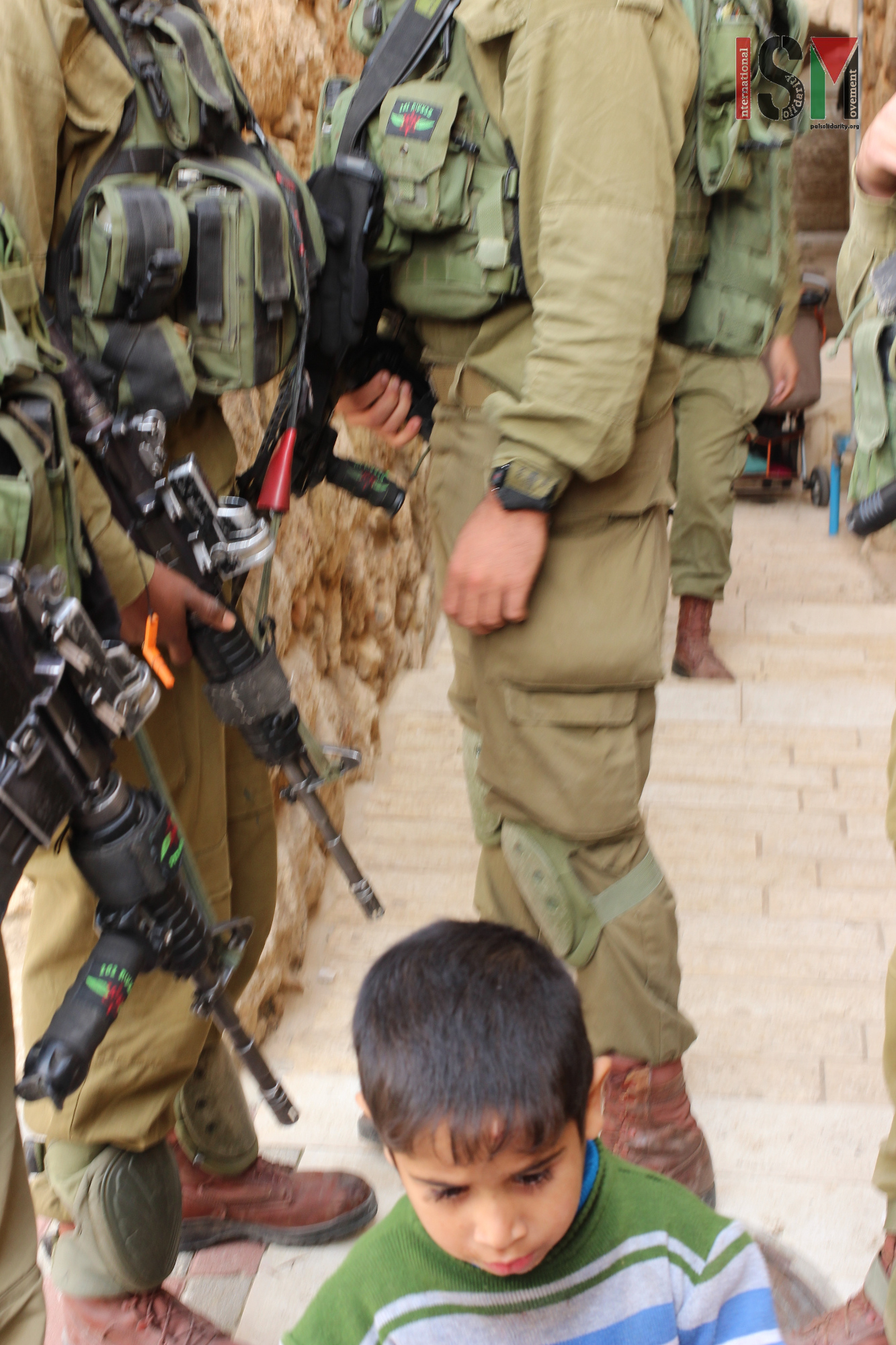Category: Photo Story
-
Last tribute for a martyred in Bethlehem : “Motaz was happy when he was facing to the sea, it gave him a sense of freedom, lightless that he hadn’t before.”
3rd of December 2015 | International Solidarity Movement, al-Khalil team | Hebron, occupied Palestine On Wednesday 2nd December, in Dheisheh refugee camp, Bethlehem, a mass tribute for 28-year-old Motaz Ibrahim Zawara, took place. Motaz was killed by Israeli forces the previous day when he was shot with live ammunition in his chest during a demonstration at…
-
Home of Raghib Elawi demolished in Nablus, damaging surroundings severely
December 3rd, 2015 | International Solidarity Movement, Huwwara team | Nablus, occupied Palestine Wednesday night, at 1 am, Israeli forces came to the neighborhood of Dahia, in Nablus, to demolish the house of the family of Raghib Elawi, who was accused of participating in the Itamar killings a month ago. Local witnesses say that around…
-
Israeli forces terrorizing Palestinian neighbourhood on a daily basis
19th November 2015 | International Solidarity Movement, al-Khalil team | Hebron, occupied Palestine Monday, 16th November 2015, Israeli forces raided and searched at least ten houses in the Abu Sneineh neighbourhood in occupied al-Khalil (Hebron). Israeli forces entered several homes in the neighbourhood, trapping women, children, and whole families inside. This has been an almost…



